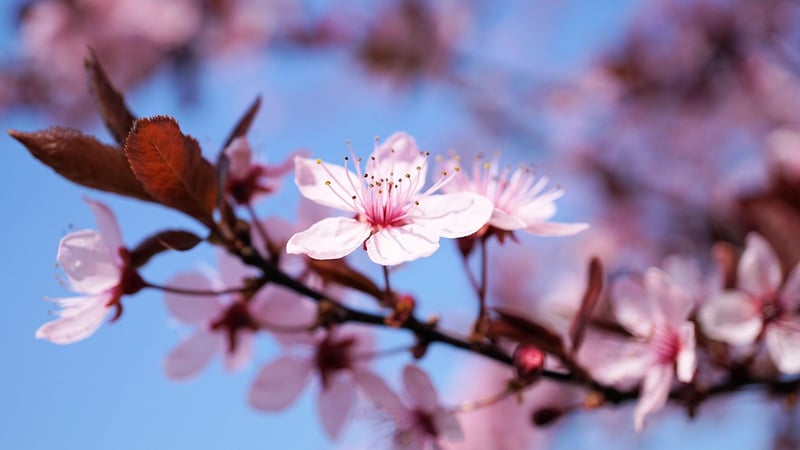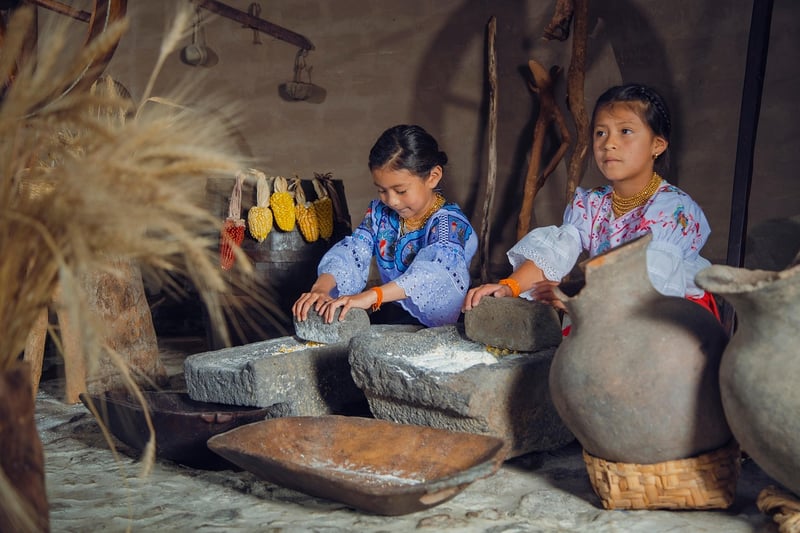Cultural Botany
The Fascinating Role of Plants in Myths and Stories
Plants have held a significant place in human culture since ancient times. They are not only essential for our survival but also play a crucial role in myths, legends, and folklore from around the world. Let's delve into the intriguing world of plants in myths and stories, exploring their symbolic meanings, magical properties, and cultural significance.
1. The Enchanted World of Plants
Plants have often been portrayed as enchanted beings in various mythologies. From the magical properties of mandrake roots in European folklore to the sacred status of the lotus flower in Eastern traditions, plants are imbued with mystical powers and symbolism that captivate our imagination.
2. Symbolism and Meanings
Plants are rich in symbolism and meanings across different cultures. For example, the olive tree symbolizes peace and wisdom in Greek mythology, while the cherry blossom represents beauty and the transient nature of life in Japanese culture. Understanding the symbolic significance of plants can offer insights into the values and beliefs of a society.
3. Plant Deities and Spirits
Many cultures believe in plant deities or spirits that govern the natural world. The Norse Yggdrasil, a mighty ash tree, is considered the tree of life that connects the nine realms, while the Maori people of New Zealand revere Tāne Mahuta, the god of forests and birds. These plant deities embody the sacred connection between humans and nature.
4. Healing and Rituals
Plants have been used for their healing properties in traditional medicine and spiritual rituals for centuries. The ancient Egyptians used frankincense and myrrh in their religious ceremonies, while Indigenous tribes in the Amazon rainforest employ ayahuasca for spiritual healing and vision quests. Plants not only nourish our bodies but also heal our souls.
5. Plants in Literature and Art
Plants have inspired countless works of literature and art, serving as motifs for creativity and expression. From Shakespeare's magical forests in "A Midsummer Night's Dream" to Van Gogh's vibrant sunflowers, plants evoke emotions and themes that resonate with audiences across time and cultures.
6. Cultivating Cultural Botany
Exploring the intersection of plants and culture, known as cultural botany, offers a deeper understanding of our relationship with the natural world. By studying how plants are used, revered, and mythologized in different societies, we gain insights into the diverse ways humans interact with and derive meaning from the plant kingdom.
Conclusion
Plants hold a special place in myths, stories, and cultural practices worldwide, reflecting our deep-rooted connection to the natural world. By exploring the symbolic, spiritual, and artistic significance of plants, we can appreciate the profound impact they have on human civilization and our collective imagination.


Discover the enchanting world of plants in myths and stories, where nature intertwines with human culture to create a tapestry of wonder and wisdom.
References:
